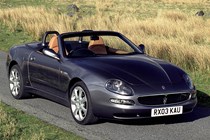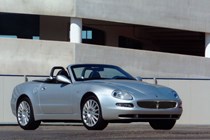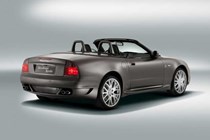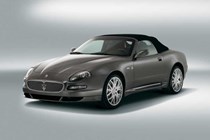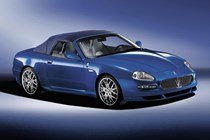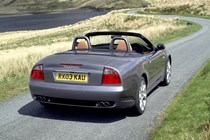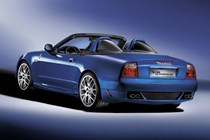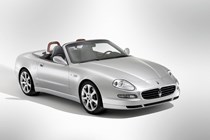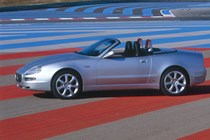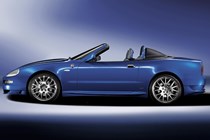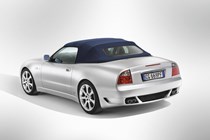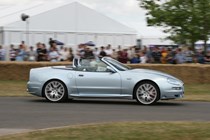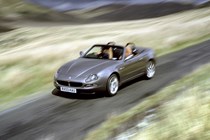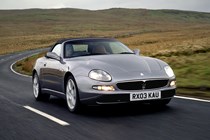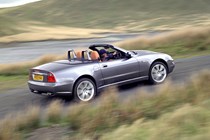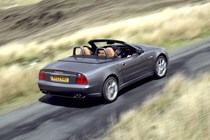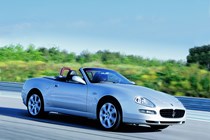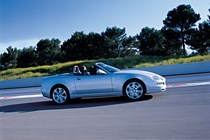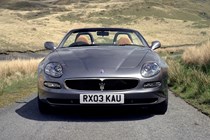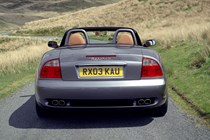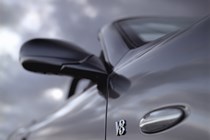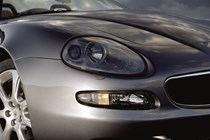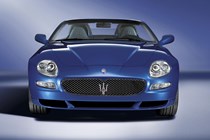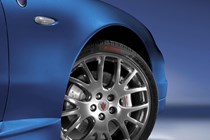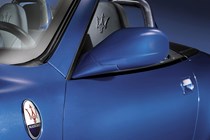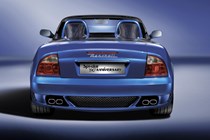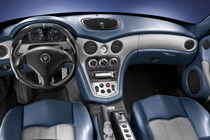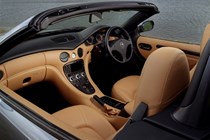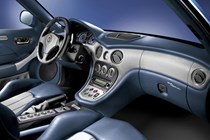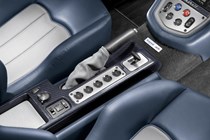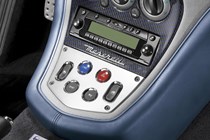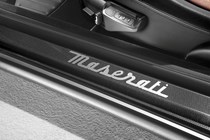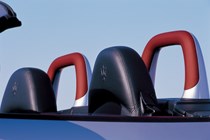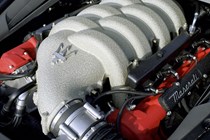
Maserati Spyder Convertible (2002-2005) engines, drive and performance
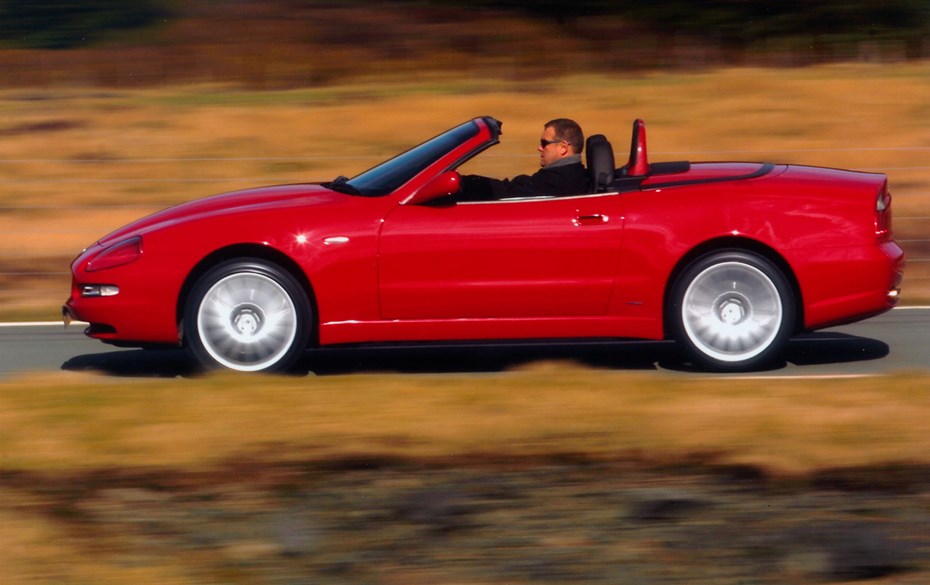
It’s the intoxicating noise of the 4.2-litre V8 that impresses the most when driving the Spyder but be in no doubt that this is a very fast car. With 390bhp reaching the tarmac through the rear wheels it will fire to 62mph in just five seconds and only runs out of steam at 176mph. The Maserati doesn’t use turbochargers or superchargers to boost low end torque like some rivals so this engine works better towards the top of the rev range but the 333lb ft is spread evenly enough to ensure it doesn’t feel sluggish around town.
A conventional six-speed manual gearbox is standard but the quality of the gearchange isn’t great. Most owners specified the optional Cambiocorsa semi-automatic alternative with its racing-style paddles located behind the steering wheel. It’s not the smoothest of transmissions and can seem jerky in town traffic compared to the proper automatic fitted to a Jaguar XK or Mercedes SL.
With such an incredible engine delivering all 390bhp to the rear wheels, the Spyder was always going to be exciting. What it doesn’t have is the finesse and precision of a Porsche 911 cabrio, or more importantly, the torsional rigidity. Removing the roof from a car severely weakens its structure and, although extra bracing is added in the sills and floor to compensate, some cars, including the Spyder, suffer from too much wobble which you notice through movement in the steering column and rear-view mirror particularly on bumpy B roads.
On smooth roads this isn’t as much of a problem. There’s stacks of grip which means this Maserati never gets really wayward, although traction control was standard from launch and full electronic stability control was standard after 2003. Cars with the Skyhook adaptive dampers have a softer ride but can be switched to Sport mode to tighten up the body control.


